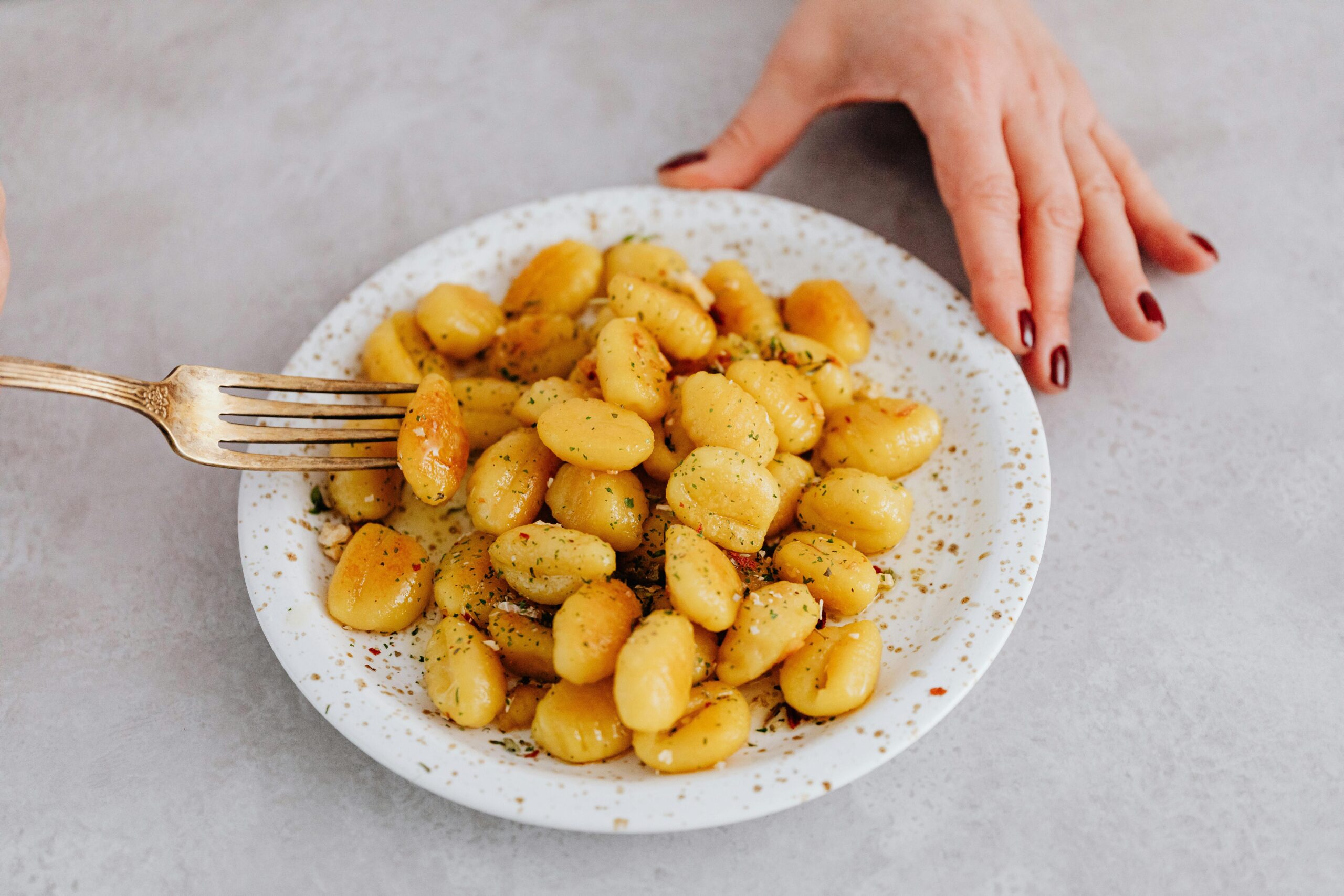Discover the Ultimate Italian Delight Recipe Guide
Italian cuisine is a rich tapestry of culture, tradition, and flavor. Among its most cherished gems is the famous Italian delight recipe—a term that encompasses both sweet and savory creations passed down through generations. In this in-depth guide, you’ll uncover the history, ingredients, techniques, and secrets that make these dishes truly special.

Understanding the Fundamentals
At its core, the Italian delight recipe is about simplicity, balance, and freshness. Whether it’s a creamy dessert or a savory main dish, the foundation lies in the thoughtful pairing of ingredients. These fundamentals are crucial in achieving the authentic taste Italy is known for worldwide.
Think of Italian cooking like a symphony—each ingredient plays a specific role. From the robust flavor of sun-ripened tomatoes to the bold punch of Parmesan, every element matters.
1.1 Quality Ingredients Are Key
The backbone of any Italian delight recipe lies in its ingredients. According to a 2023 culinary survey, 72% of Italian chefs prioritize ingredient quality over cooking technique. That means using fresh herbs, aged cheeses, and seasonal vegetables wherever possible.
In real-world kitchens, this translates to visiting local markets, checking for regional authenticity, and never skimping on quality olive oil. A common misconception is that Italian food requires exotic or rare items—it doesn’t. It requires the best version of simple ingredients.
1.2 Balancing Flavors and Textures
Italian dishes stand out because of their harmonious flavor profiles. Sweet, salty, tangy, and bitter components are carefully orchestrated. Unlike other cuisines that rely on spice or complexity, Italian food celebrates natural flavors.
Take, for example, a layered lasagna or tiramisu. Each bite offers a mix of textures—creamy, chewy, crispy. That balance is intentional and is what makes an Italian delight recipe so memorable.
Practical Implementation Guide
Understanding theory is only half the journey. The true essence of an Italian delight recipe is realized when it comes alive in your kitchen. This section walks you through applying those fundamentals to create delicious, foolproof results every time.

2.1 Actionable Steps
- Choose Your Recipe: Begin with a simple delight—like panna cotta or bruschetta. These require minimal ingredients but deliver maximum flavor.
- Gather Ingredients: Use local, organic produce. For dairy and cheese, seek DOP (Protected Designation of Origin) labeled items when available.
- Prep and Cook: Allocate time for mise en place. Follow the steps precisely. Let sauces simmer, let dough rest—patience pays off.
2.2 Overcoming Challenges
Even seasoned home cooks face obstacles when tackling Italian cuisine. Common issues include:
- Using canned ingredients instead of fresh
- Overcooking pasta or proteins
- Skipping the resting time for dough or dessert
To mitigate these, set reminders, use kitchen timers, and always taste as you go. Expert tip: Invest in a kitchen scale and thermometer for precision—Italian cooking is as much science as it is art.
Advanced Applications
Once you’ve mastered the basics, it’s time to elevate your Italian delight recipe to gourmet status. This section covers techniques that chefs use to add complexity and depth, ideal for special occasions or impressing dinner guests.

3.1 Molecular Gastronomy Meets Tradition
Some chefs are combining traditional Italian flavors with modern culinary techniques like sous vide and emulsification. A 2024 report showed that over 40% of Michelin-starred Italian restaurants now use hybrid cooking methods. One example: transforming classic tiramisu into an espuma or foam served in glass vials.
3.2 Fusion Cuisine and Pairing
Italian delights are increasingly being paired with Asian, African, and Latin flavors. Think basil gelato with matcha crumble or carbonara tacos. While staying true to Italian roots, these adaptations show the versatility and global appeal of the cuisine.
Future Outlook
Looking ahead, the Italian food landscape is poised for innovation. Trends like plant-based Italian cooking, AI-assisted kitchen tech, and sustainable sourcing are gaining ground. The Italian delight recipe of the future may be vegan, tech-enabled, and zero-waste.
To stay ahead, keep experimenting, follow top culinary creators, and embrace local substitutes. The essence of Italian cooking is adaptation—it evolves with time while respecting its heritage.
Conclusion
To summarize, mastering the Italian delight recipe involves: 1) Prioritizing ingredient quality, 2) Understanding flavor balance, and 3) Practicing patience in preparation. These three steps can elevate even the simplest dish.
Ready to bring a slice of Italy into your home? Start today with a classic recipe. Explore, create, and share the joy of Italian cuisine. For best results, stay authentic and passionate—it shows on the plate.
Frequently Asked Questions
- Q: What is the easiest Italian delight recipe to start with? Bruschetta or panna cotta—both are quick and require minimal ingredients.
- Q: How do I begin cooking Italian delights at home? Start by selecting a single dish and sourcing fresh, high-quality ingredients locally.
- Q: How much time does an Italian delight recipe take? Recipes vary from 20 minutes (like caprese salad) to several hours (like lasagna).
- Q: Are Italian delight recipes expensive to make? They can be budget-friendly when using seasonal, local produce and pantry staples.
- Q: How do Italian delights compare to French pastries? Italian recipes are often simpler and more rustic, focusing on natural flavors over technique.
- Q: Do I need professional skills to cook Italian delights? Not at all! Basic culinary skills and attention to detail are all you need.
- Q: Can Italian delights be adapted for vegetarian or vegan diets? Absolutely—use plant-based dairy alternatives and fresh veggies for delicious results.
